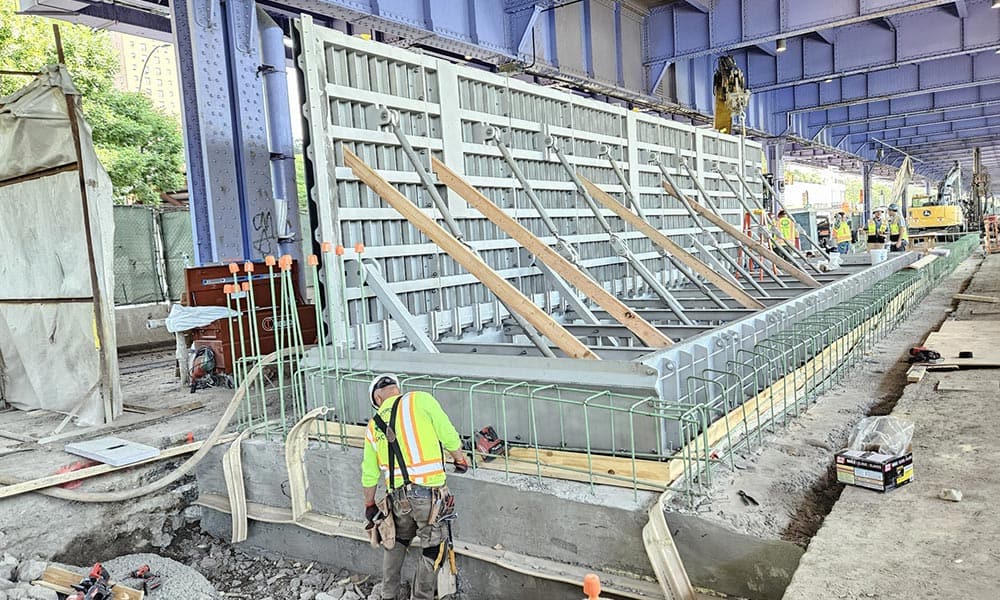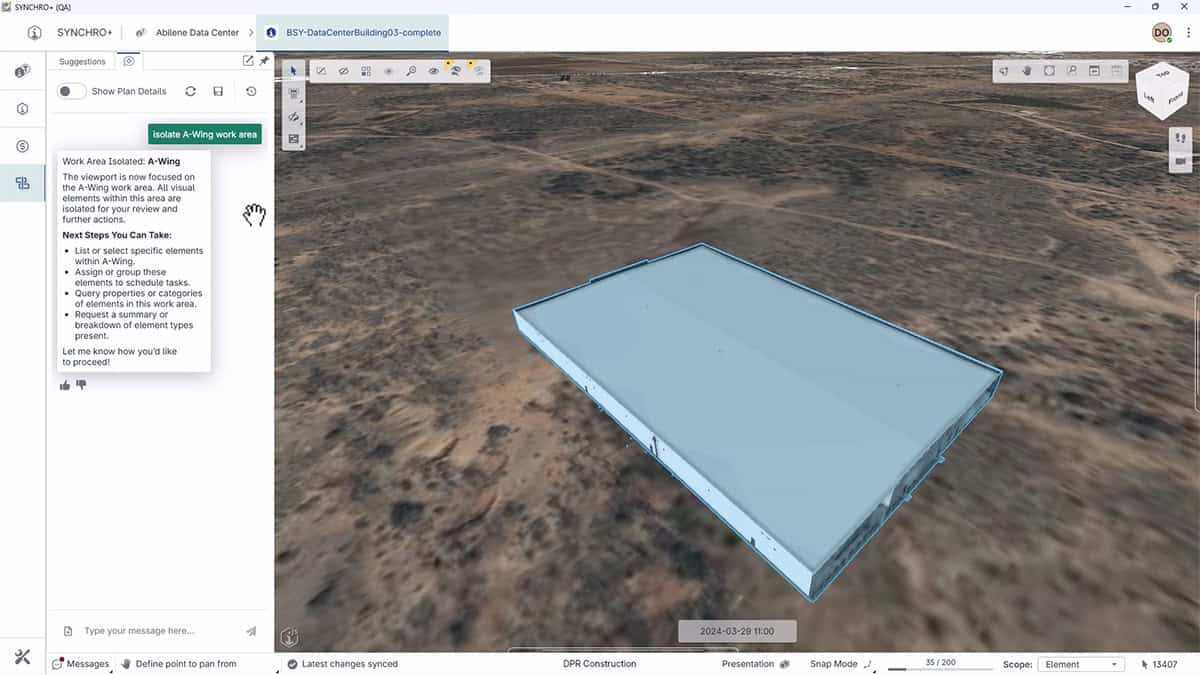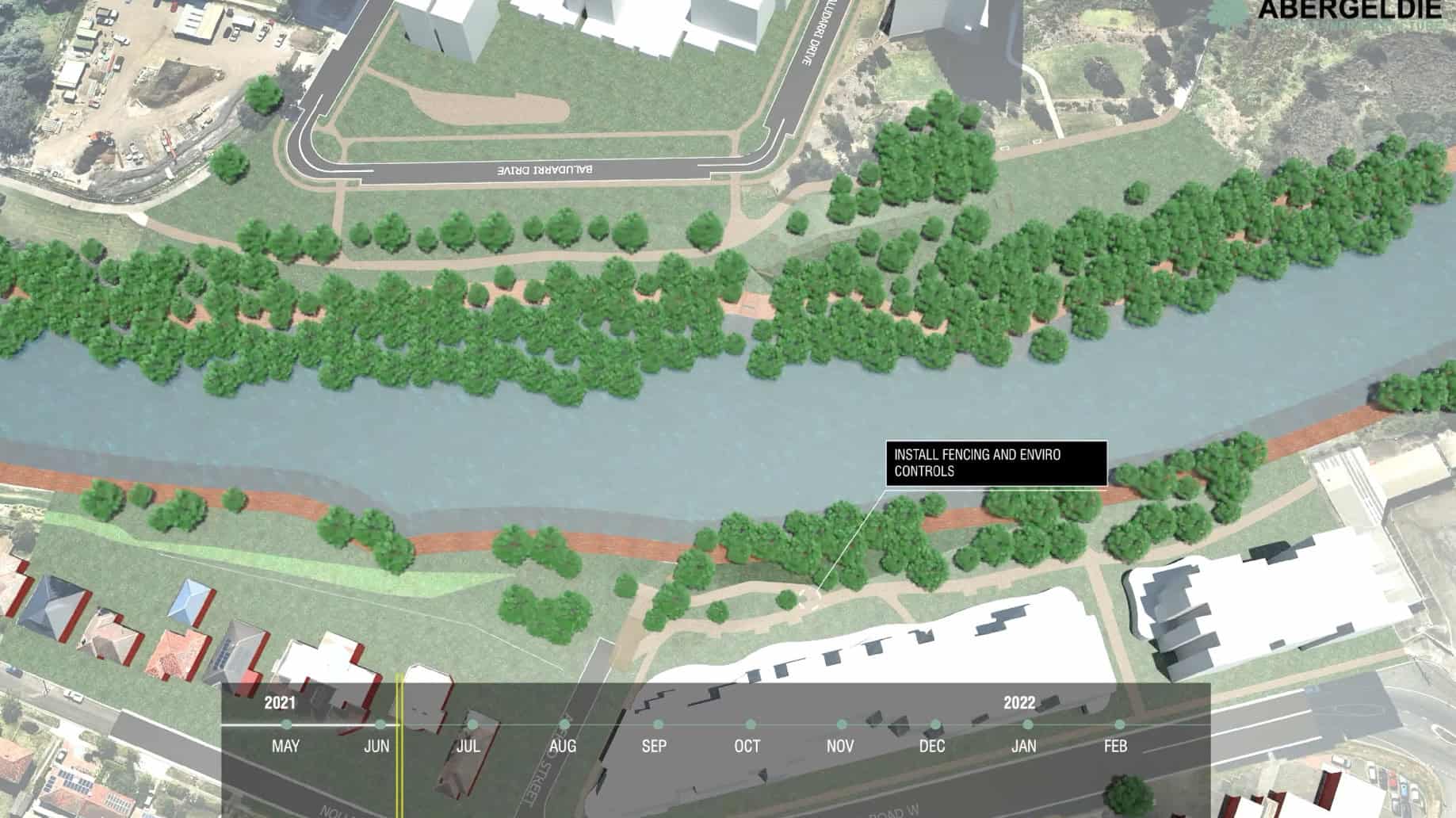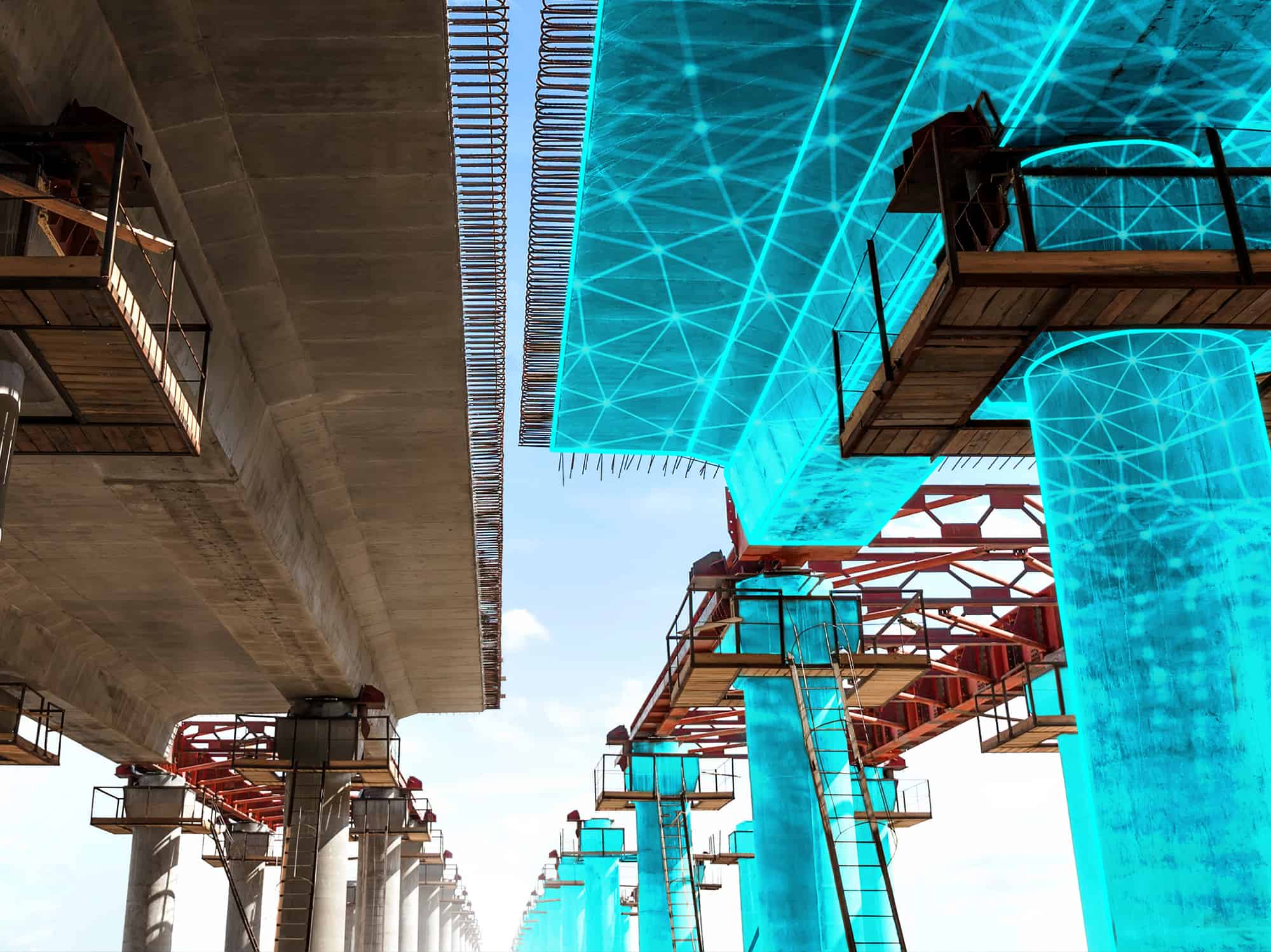Why Cities Must Act Now on Climate Resilience
As climate change accelerates, cities around the world are racing to adapt to its significant impacts. Rising temperatures are intensifying, making cities hotter and increasing energy demands for cooling. More frequent and severe storms are overwhelming infrastructure, leading to flooding and damage. The rise of sea levels is threatening coastal cities with erosion and displacement. Shifting weather patterns strain water supplies and public health systems. These are just a few of the challenges that are pushing cities to rethink their planning, infrastructure, and sustainability strategies.
Planning for the Storm(s)
In New York City (NYC), where millions live near the shoreline, the threat of rising sea levels and severe storms is more than theoretical-it’s imminent.
In the last 50 years, NYC has been directly or significantly affected by more than 12 tropical storms or hurricanes that have brought major impacts, such as flooding, wind damage, and storm surges. Five of these major storms have been since 2020 alone, including the flashfloods of September 2023.
Though these storms vary in intensity and impact, they highlight NYC’s vulnerability to tropical systems-even when not directly in the path of a hurricane.
Inside NYC’s Brooklyn Bridge-Montgomery Resilience Project
The NYC Department of Design and Construction (NYCDDC) has launched a bold plan to protect the Two Bridges neighborhood. NYCDDC, the city’s primary capital construction project manager, is responsible for building and renovating many of the civic facilities New Yorkers use daily, as well as managing infrastructure projects like roads, sewers, water mains, and pedestrian ramps across all five boroughs. The Brooklyn Bridge-Montgomery Coastal Resilience (BBMCR) project, which is led by the NYCDDC, aims to safeguard the Two Bridges neighborhood from future storm surges. Stretching from the Brooklyn Bridge to Montgomery Street, the project is designed not only to protect, but also to preserve the community’s access to the waterfront.
Rather than installing permanent, obtrusive barriers, the project features deployable flood protection systems that remain hidden when not in use. These systems include flood walls and posts strategically placed to avoid conflicts with underground infrastructure while enhancing public spaces with amenities like open-air seating, fitness equipment, and athletic courts.
“The strategic placement of flood walls and posts prioritizes the avoidance of conflicts with subsurface infrastructure while maximizing the integration of public space amenities, such as open-air seating, fitness equipment, and athletic courts,” said Ameya Talekar, senior scheduler with Greenman-Pedersen Inc. (GPI).
The challenge? Try to build a flood defense system in one of the busiest, most complex cities in the world – without blocking the view, disturbing affected neighborhoods, or clashing with other construction projects.
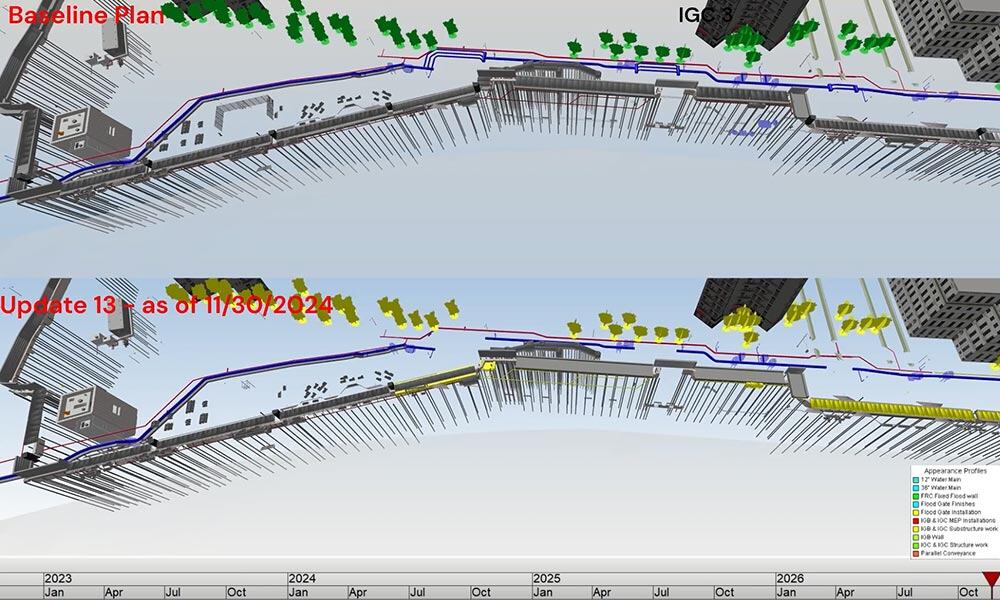
Managing Complexity: Jacobs and GPI Take the Lead
To manage the complexity of the project, Jacobs and GPI formed a joint venture. Their task: oversee project and construction management in one of NYC’s most infrastructure-dense areas.
Jacobs-Greenman-Pedersen Inc. JV quickly realized that traditional planning methods wouldn’t suffice. The area is riddled with buried utilities, rail tunnels, sewer outfalls, and other hidden obstacles.
On top of that, ongoing public and private developments in the vicinity meant that construction sequencing had to be constantly adjusted. Construction in NYC is uniquely complex due to its dense urban environment, strict zoning laws, and aging infrastructure. Projects often face logistical challenges like limited space for staging materials, navigating underground utilities, and coordinating with multiple city agencies and stakeholders.
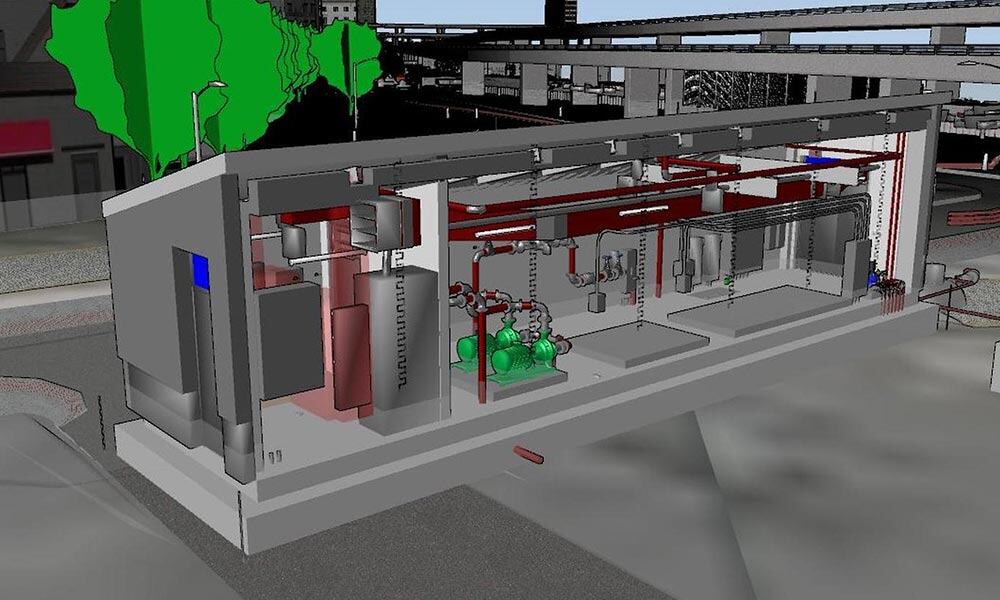
Enter SYNCHRO: A Digital Leap Forward
To navigate these challenges, the team turned to SYNCHRO, Bentley’s 4D construction planning software. During the initial development of the project, the agency anticipated the need for 3D modeling and simulated construction scheduling.
“Bentley’s technology offered flexibility and ease of use, aligning seamlessly with our project requirements,” said Talekar.
The team leveraged SYNCHRO 4D to undertake field resident engineering inspection, critical path method scheduling, estimations, value engineering, claims and risk management.
Using SYNCHRO, the team visualized construction sequences in 4D, identified and avoided clashes with existing infrastructure, coordinated in real time with other ongoing projects, and enhanced stakeholder communication through immersive visualizations.
The team developed construction sequencing simulation videos to gain a clearer understanding of the construction workflow, identify potential conflicts both within the project and with neighboring developments, and support informed decision-making.
They translated roughly 2,000 construction activities into a dynamic digital model that could be easily updated as new information about nearby development or maintenance emerged.
Setting a New Standard
By integrating SYNCHRO into their project workflow, Jacobs-Greenman-Pedersen Inc. JV was able to streamline planning, reduce risks, and maintain flexibility in a constantly evolving environment.
This resulted in several key benefits: clash resolution time dropped from 32 hours to just 8–12 hours, construction understanding improved by 50%, and cost report preparation time was reduced by 25%.
“SYNCHRO 4D has been a game-changer on the Two Bridges Coastal Resiliency Project, offering unparalleled insights into construction sequences,” said Talekar. “Its advanced simulation capabilities empowered us to visualize potential challenges, optimize timelines, and make informed decisions, ultimately enhancing the efficiency and success of this critical initiative.”
The BBMCR project is on track for completion in 2026 and serves as a model for how digital construction management can enhance urban resilience.
Resilience in Action: Building for Tomorrow
As climate change continues to reshape our cities, projects like the BBMCR initiative demonstrate how innovative design, digital tools, and cross-sector collaboration can help urban areas adapt and thrive.
BBMCR is just one example of New York City’s broader commitment to building smarter, more resilient infrastructure – efforts that go beyond floodwalls to elevate entire neighborhoods and engage communities in long-term climate defense.
For another perspective on this city-wide strategy, this article featuring Roni Deitz explores how NYC is rethinking coastal protection through elevation, innovation, and inclusive design.
By integrating conscious infrastructure with cutting-edge construction software like SYNCHRO, NYC is not only defending against future storms, but also setting a precedent for resilient, sustainable development. In the face of an uncertain climate future, this project stands as a powerful example of how we can build smarter, stronger, and more resilient cities.
See how SYNCHRO helps cities like NYC better plan construction projects without compromising design or community access.
